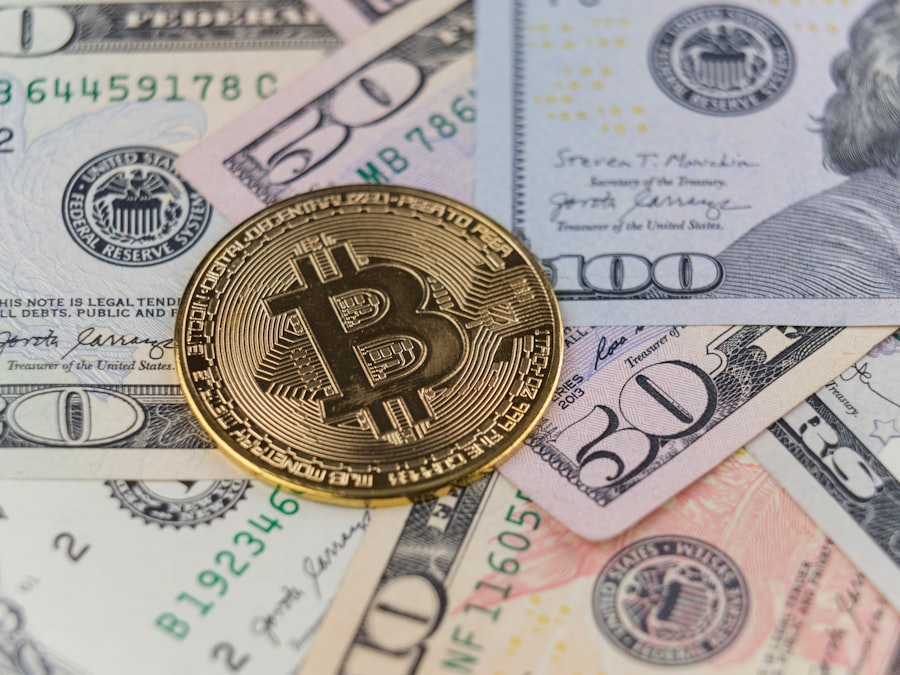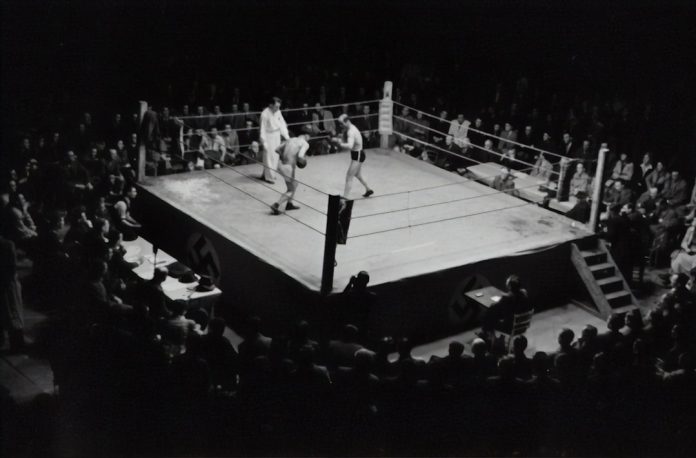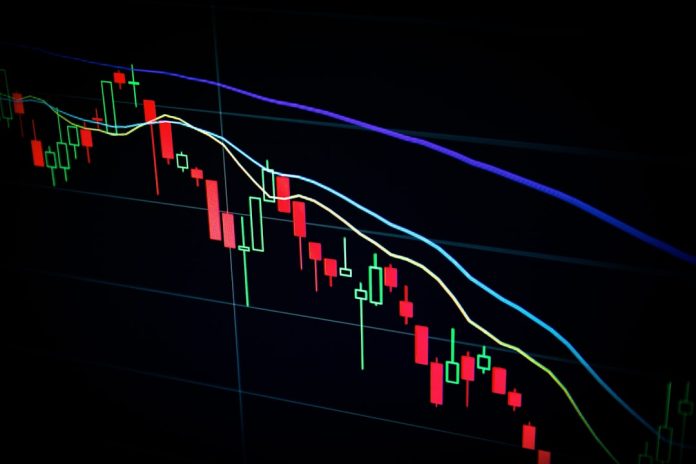Hockey card collecting has a long and storied history, dating back to the early 20th century. These small pieces of cardboard featuring hockey players quickly became popular among fans and collectors alike. Today, hockey cards are an integral part of the sports memorabilia industry, with collectors eagerly seeking out rare and valuable cards to add to their collections.
The importance of hockey cards in the sports memorabilia industry cannot be overstated. These cards serve as a tangible connection between fans and their favorite players, allowing them to hold a piece of their hockey heroes in their hands. They also hold significant monetary value, with rare and valuable cards fetching high prices on the market. Hockey cards have become a symbol of nostalgia and passion for the sport, making them highly sought after by collectors around the world.
The Rise of Hockey Card Collecting
Hockey card collecting gained popularity in the 1970s and 1980s, thanks in large part to the emergence of superstar players like Wayne Gretzky. Gretzky’s incredible skill and dominance on the ice captivated fans, and his rookie card became one of the most coveted in the hobby. This sparked a surge in interest in hockey card collecting, as fans sought to own a piece of Gretzky’s greatness.
The impact of Wayne Gretzky on hockey card collecting cannot be overstated. His rookie card, released in 1979 by Topps, is considered one of the most valuable and iconic hockey cards of all time. Its value skyrocketed over the years, reaching astronomical prices in the collector’s market. Gretzky’s success on the ice translated into success for the hobby, as fans clamored to collect his cards and those of other star players.
Fanatics Sports Cards: The New Player in the Game
In recent years, a new player has entered the hockey card collecting game: Fanatics Sports Cards. Fanatics, a leading sports merchandise company, announced its entry into the sports card market in 2021. This move sent shockwaves through the industry, as Fanatics has the potential to disrupt the traditional model of card production and distribution.
Fanatics Sports Cards aims to revolutionize the hobby by offering a direct-to-consumer model, cutting out the middlemen and streamlining the process. This means that collectors will be able to purchase cards directly from Fanatics, eliminating the need for traditional card manufacturers and distributors. This new approach has generated excitement and speculation among collectors, as they eagerly await the launch of Fanatics Sports Cards.
The Most Valuable Hockey Cards on the Market
The hockey card market is filled with valuable and sought-after cards, but there are a select few that stand out as the most valuable. Here are the top 10 most valuable hockey cards:
1. Wayne Gretzky Rookie Card (1979 Topps)
2. Bobby Orr Rookie Card (1966 Topps)
3. Gordie Howe Rookie Card (1951 Parkhurst)
4. Mario Lemieux Rookie Card (1985 O-Pee-Chee)
5. Sidney Crosby Rookie Card (2005 Upper Deck Young Guns)
6. Maurice Richard Rookie Card (1951 Parkhurst)
7. Patrick Roy Rookie Card (1986 O-Pee-Chee)
8. Jaromir Jagr Rookie Card (1990 Score)
9. Joe Sakic Rookie Card (1989 Upper Deck)
10. Alexander Ovechkin Rookie Card (2005 Upper Deck Young Guns)
These cards are highly sought after by collectors due to their rarity, condition, and the significance of the players featured on them. Factors that determine a card’s value include its condition, scarcity, popularity of the player, and historical significance.
The Future of Sports Cards: Digital vs. Physical
In recent years, there has been a rise in the popularity of digital sports cards. These digital collectibles, often referred to as NFTs (non-fungible tokens), are unique digital assets that can be bought, sold, and traded on blockchain platforms. Digital sports cards offer collectors a new way to engage with their favorite players and teams, and they have gained significant traction in the sports memorabilia market.
The rise of digital sports cards has had an impact on the physical sports card market. Some collectors have shifted their focus to digital collectibles, while others continue to value the tangible nature of physical cards. The two markets coexist, with collectors having the option to pursue either or both types of cards. The future of sports cards is likely to involve a combination of physical and digital collectibles, as collectors embrace new technologies while still cherishing the traditional aspects of the hobby.
Card Trading: Tips and Tricks for Maximizing Your Collection

Card trading is an essential part of the hockey card collecting experience. It allows collectors to acquire new cards, complete sets, and upgrade their collections. Here are some tips and tricks for maximizing your card trading:
1. Know the market: Familiarize yourself with the current market value of cards you are interested in trading. This will help you make informed decisions and negotiate fair trades.
2. Network with other collectors: Join online forums, attend card shows, and connect with other collectors to expand your trading network. Building relationships with fellow collectors can lead to valuable trading opportunities.
3. Be organized: Keep track of your collection and make a list of cards you are willing to trade. This will make it easier for you to identify potential trade partners and negotiate deals.
4. Be patient: Trading can take time, especially if you are looking for specific cards or trying to complete sets. Be patient and persistent in your search for the right trade opportunities.
5. Consider condition: When trading cards, consider the condition of the cards you are offering and the ones you are receiving. Cards in better condition generally hold more value, so aim for trades that improve the overall quality of your collection.
The Impact of COVID-19 on the Hockey Card Industry
The COVID-19 pandemic has had a significant impact on the hockey card industry. With restrictions on in-person events and gatherings, card shows and conventions were canceled or moved online. This disrupted the traditional avenues for buying, selling, and trading cards, forcing collectors to adapt to new methods of engagement.
However, the pandemic also led to a surge in interest in the hobby. With people spending more time at home, many turned to card collecting as a way to pass the time and connect with their favorite sport. This increased demand for cards, particularly for rare and valuable ones, driving up prices in the market.
The pandemic also highlighted the importance of online platforms and digital marketplaces for buying and selling cards. Collectors turned to online platforms like eBay and social media groups to continue their hobby during lockdowns. This shift towards online engagement is likely to continue even as restrictions ease, as collectors have discovered the convenience and accessibility of digital platforms.
The Most Popular Hockey Card Sets of All Time
While there are countless hockey card sets released each year, there are a select few that stand out as the most popular among collectors. These sets have become iconic in the hobby and are highly sought after by collectors. Here are the top 5 most popular hockey card sets of all time:
1. 1979-80 O-Pee-Chee: This set is known for featuring Wayne Gretzky’s rookie card, making it one of the most valuable and sought-after sets in hockey card collecting.
2. 1985-86 O-Pee-Chee: This set is highly regarded for its design and features rookie cards of Mario Lemieux and Steve Yzerman, two of the greatest players in NHL history.
3. 1980-81 Topps: This set is notable for its clean design and features rookie cards of Mark Messier and Ray Bourque, two Hall of Fame players.
4. 1990-91 Upper Deck: This set is considered a game-changer in the industry, as it introduced high-quality photography and premium card stock. It also features rookie cards of Jaromir Jagr and Martin Brodeur.
5. 1971-72 O-Pee-Chee: This set is highly regarded for its vintage appeal and features rookie cards of Ken Dryden and Guy Lafleur, two legendary Montreal Canadiens players.
These sets are popular among collectors due to their historical significance, design, and the players featured on the cards.
The Art of Card Grading: How to Determine a Card’s Value
Card grading is an important aspect of the hockey card collecting hobby. It involves assessing the condition of a card and assigning it a grade based on a standardized scale. The grade assigned to a card can significantly impact its value in the market. Here’s how to determine a card’s grade and value:
1. Assess the condition: Examine the card for any signs of wear, such as creases, dents, or discoloration. Look for centering issues, surface imperfections, and any other flaws that may affect the card’s appearance.
2. Use a grading scale: Most grading companies use a scale from 1 to 10 to assign grades to cards. A grade of 10 represents a card in pristine condition, while a grade of 1 indicates significant damage or wear.
3. Consider subgrades: Some grading companies also assign subgrades to different aspects of the card, such as centering, corners, edges, and surface. These subgrades provide additional information about the card’s condition and can impact its overall grade.
4. Research comparable sales: Look at recent sales of similar cards in the same grade to get an idea of its market value. Factors such as player popularity, rarity, and historical significance can also influence a card’s value.
5. Consult professional graders: If you are unsure about a card’s condition or value, consider sending it to a professional grading company for assessment. Their expertise and experience can provide valuable insights into the card’s grade and value.
Why Hockey Cards are Making Headlines and What to Look Out For
Hockey cards have long been a beloved part of the sports memorabilia industry, capturing the hearts of fans and collectors around the world. From their humble beginnings to the rise of digital collectibles, hockey cards have evolved with the times while maintaining their timeless appeal.
As Fanatics Sports Cards enters the market, collectors eagerly anticipate the changes it will bring to the hobby. The future of hockey card collecting is likely to involve a combination of physical and digital cards, as collectors embrace new technologies while still cherishing the traditional aspects of the hobby.
Whether you’re a seasoned collector or just starting out, hockey cards offer a unique way to connect with your favorite players and teams. With their historical significance, monetary value, and sentimental appeal, hockey cards continue to make headlines in the sports memorabilia industry. So keep an eye out for rare and valuable cards, trade with fellow collectors, and enjoy the thrill of building your own collection.
If you’re a hockey card enthusiast, you won’t want to miss out on the latest buzz in the world of sports and trading cards. In a recent article by Breakaway Cards, they delve into the exciting realm of sports card collecting and highlight the significance of hockey cards in particular. The article, titled “The World of Sports and Trading Cards,” provides valuable insights into the growing popularity of hockey cards and offers tips on how to navigate this thrilling hobby. Whether you’re a seasoned collector or a newcomer to the world of sports card collecting, this article is a must-read. Check it out here!
FAQs
What are hockey cards?
Hockey cards are collectible trading cards featuring professional ice hockey players. They often include a player’s photo, statistics, and other information.
Why are hockey cards making headlines?
Hockey cards are making headlines because of the increasing popularity of the hobby and the high prices some cards are selling for at auction.
Which hockey cards should I watch?
The hockey cards to watch depend on various factors, including the player’s popularity, rarity of the card, and condition. Some popular cards to watch include Wayne Gretzky rookie cards, Connor McDavid autographed cards, and vintage cards from the 1950s and 1960s.
How can I determine the value of a hockey card?
The value of a hockey card depends on several factors, including the player, the card’s condition, and the rarity of the card. You can determine the value of a card by researching recent sales of similar cards and consulting with a reputable dealer or appraiser.
Where can I buy hockey cards?
Hockey cards can be purchased at sports card shops, online retailers, and through auction sites. It is important to buy from a reputable dealer to ensure the authenticity of the cards.



